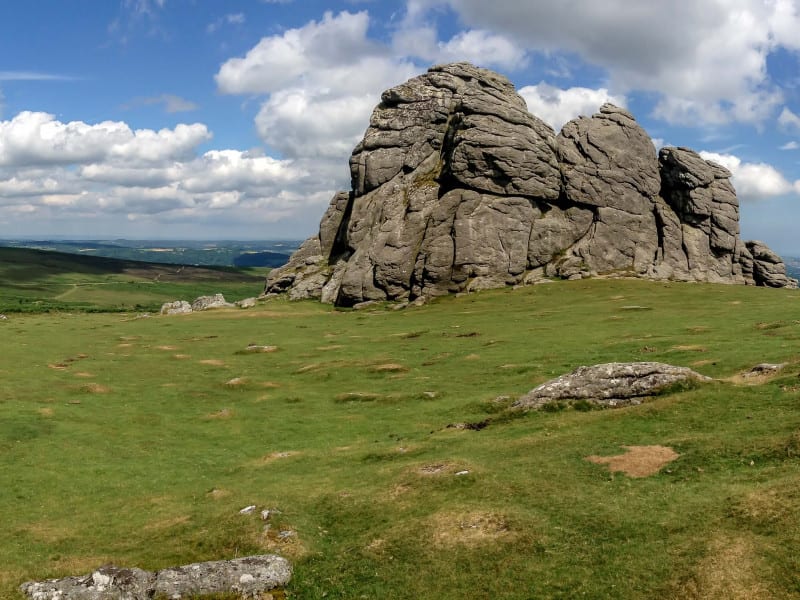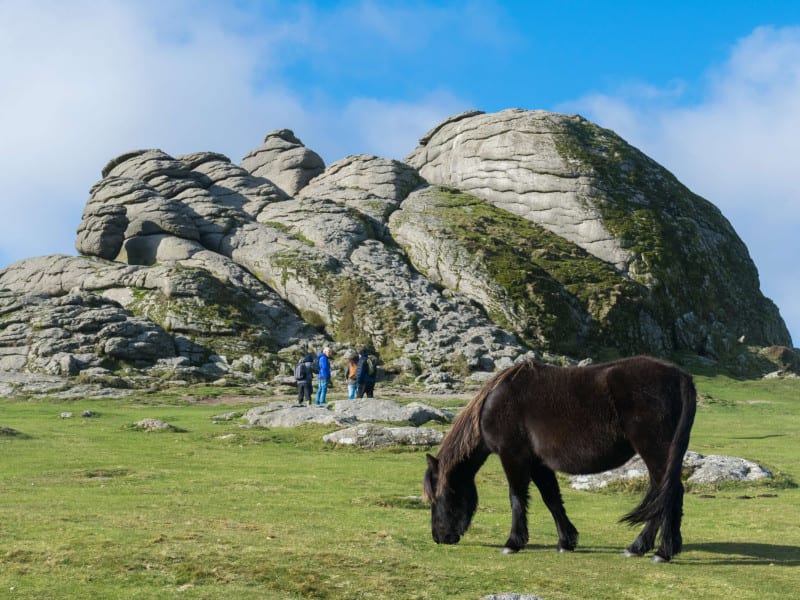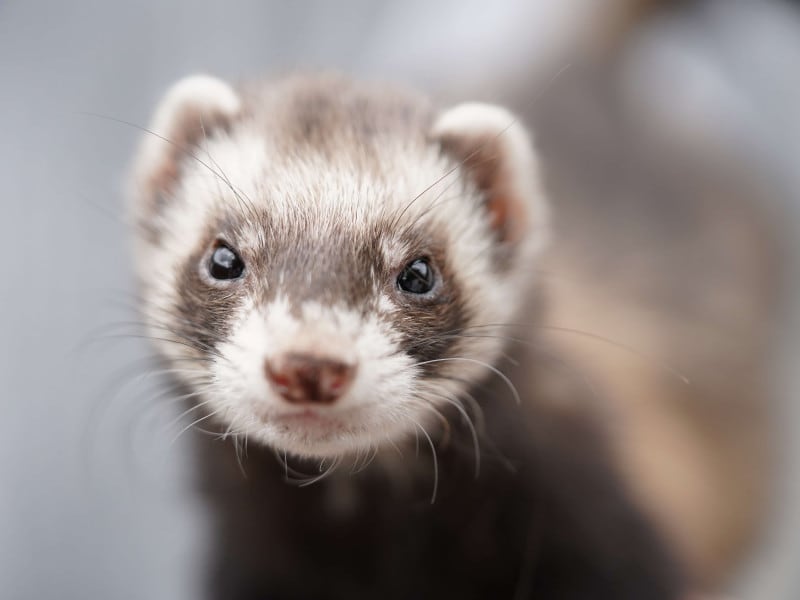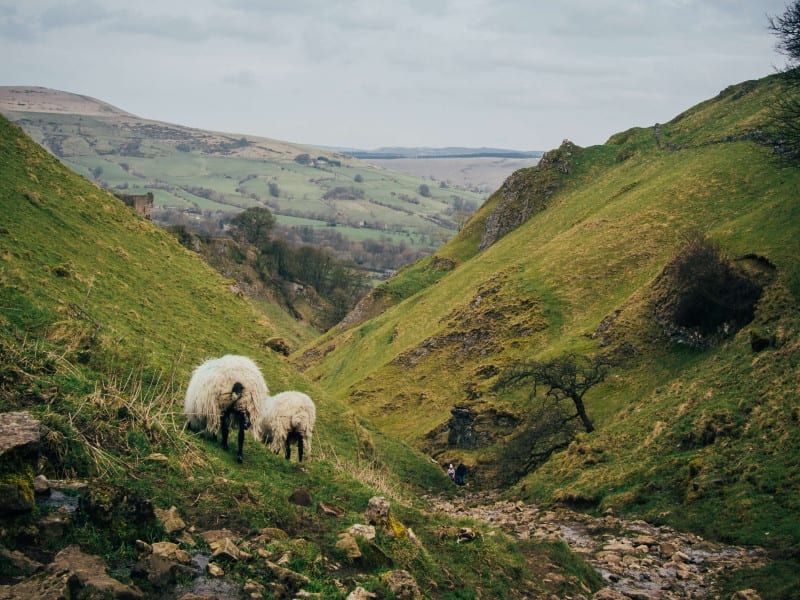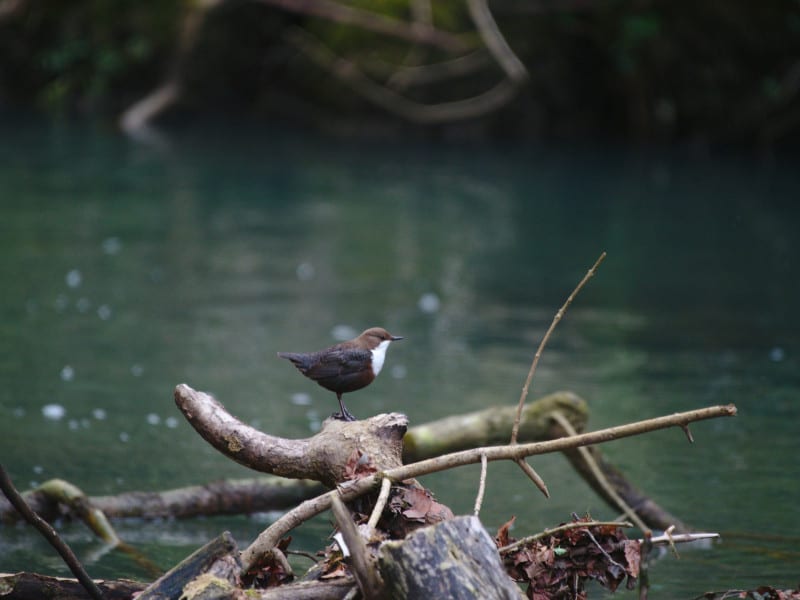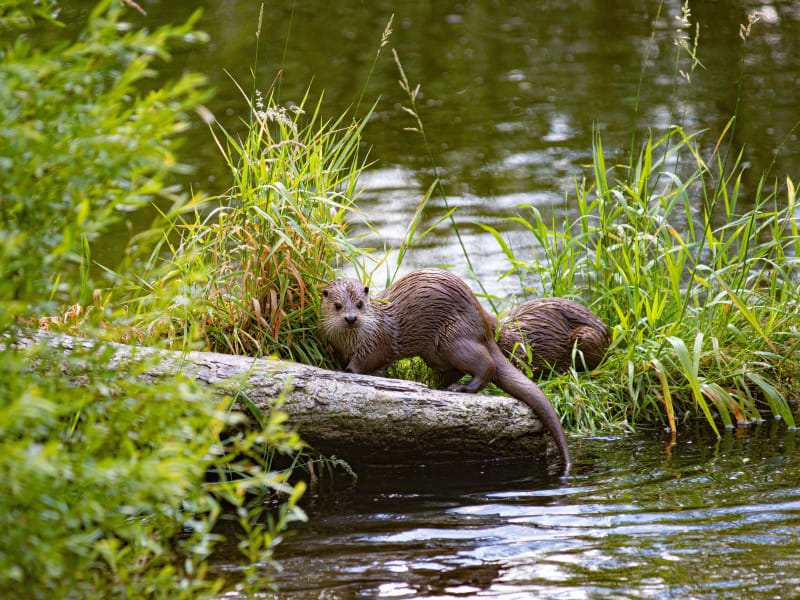Planning a trip to Dartmoor? What’s on your packing checklist? Hiking boots, warm socks, raincoat, maybe even a picnic. But have you thought about a pair of binoculars? As well as Dartmoor’s famous hiking routes, tors and natural landscapes, you should expect to bump into some of the National Park’s residents during your visit. For years, wildlife enthusiasts have flocked to Dartmoor to spot some of the common, and not so common, species that roam the moorland.
But you don’t have to be a know-all wildlife lover to come and spot some of the best wildlife on Dartmoor, you don’t even need a pair of binoculars for some of these animals. Below we’ve listed some of our favourite wildlife wonders for you to look out for during your next visit.

